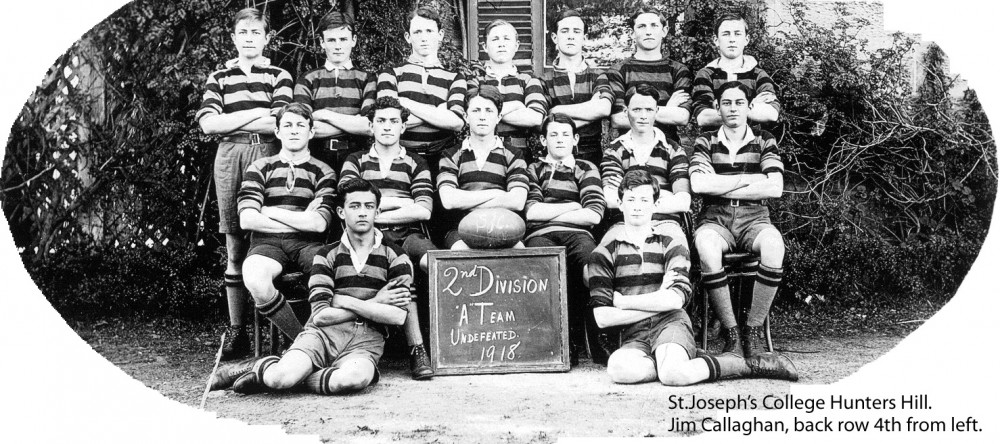Work in Progress
Some notes regarding Wallsend and Plattsburgh
History
Lieutenant Edward Close, an engineer and founder of Morpeth, recorded that part of the Wallsend area was called Barrahinebin by the Aboriginal custodians. Close reported that Barrahinebin was used to describe the area bounded by the Hunter River, Ironbark Creek and Mount Sugarloaf.
Wallsend was named after a North of England coal mining township, initially built at the end of a Roman defensive wall, a suburb of Newcastle upon Tyne. The name was given to the area by Alexander Brown in the 1850s when he purchased land bounded by what are now Newcastle Road, Boundary and Croudace Streets and beyond Gunambi Road. The company he formed to operate the colliery which opened in January 1861 was called the Newcastle-Wallsend Coal Company.
The suburb began as two mining towns, Wallsend and Plattsburg. Wallsend was the more developed and as it grew it linked to Plattsburg via Nelson Street. Wallsend was proclaimed a separate municipality in early 1874 but the two areas had re-joined by 1915. The coal mined at Wallsend was of very good quality and the township prospered creating the commercial hub it is today.
Wallsend 1913
I have digitised the NSW 1913 Electoral Roll for the District of Wallsend of those electors who were registered to vote at the Wallsend or the Plattsburg polling places. I assumed that those who were enrolled at Wallsend or Plattsburg were residents of that town. However there are some cases where this is not the case. In addition addresses are given for other towns or villages such as Heaton, Maryland, Brookstown ,Pittown , New Tunnell etc. Notwithstanding these shortcomings the roll still provides a valuable demographic insight into the occupational and residential groups of the the two towns.
Analysis
Wallsend.
There were 1738 electors enrolled. Of these …were males and ….females.
Occupational groups
Miners or occupations associated with such, for example wheelers, shiftmen, under managers etc A total of … or ..% of the male population.
